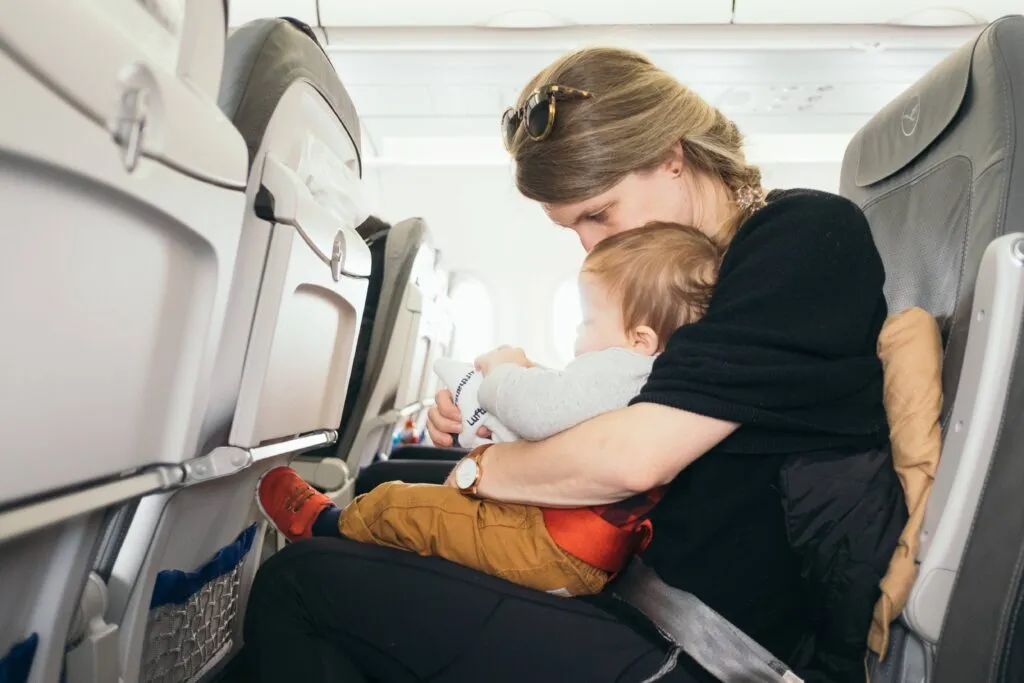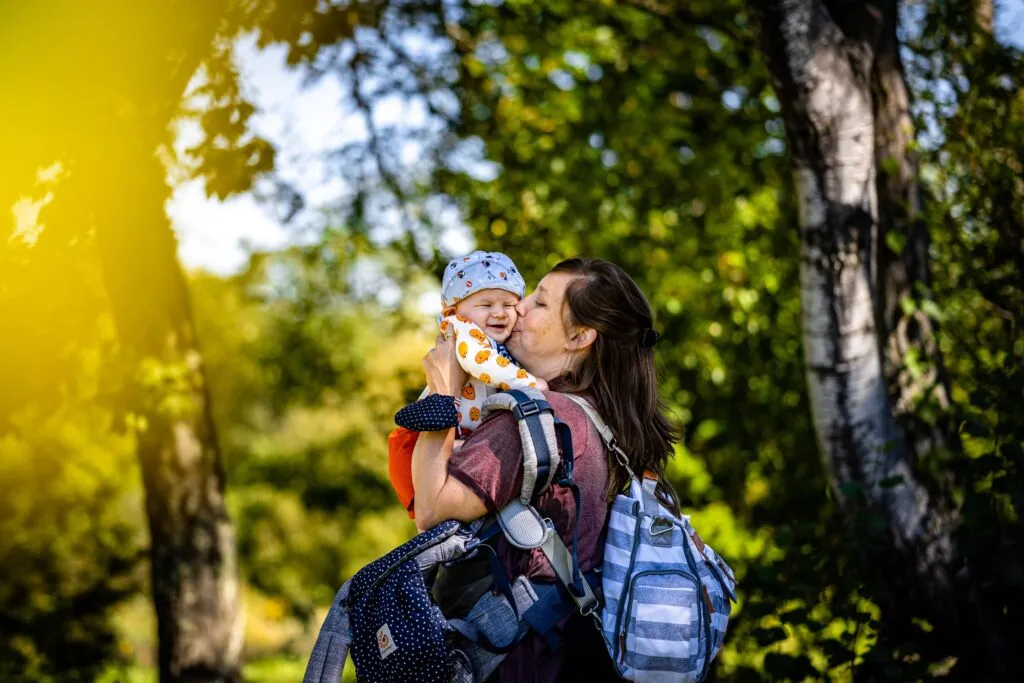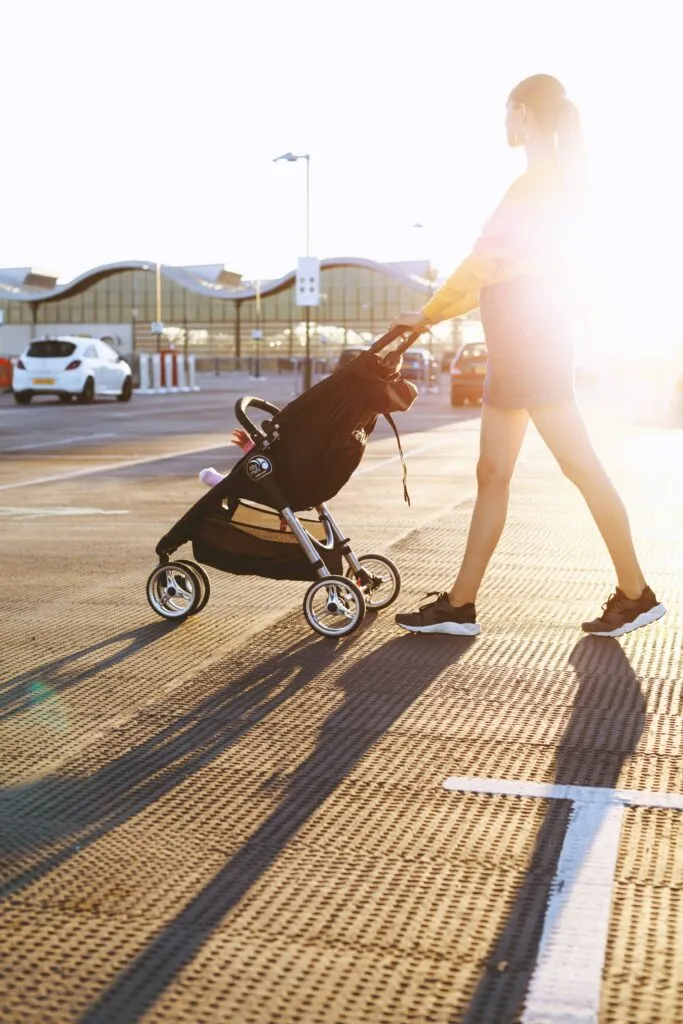
Traveling with a Baby: The Complete Guide for a Stress-Free Flight Experience
As every parent will tell you, the most crucial thing you can do before traveling on a plane with an infant is being prepared by bringing certain essentials and having workable strategies to deal with the most common challenges and frustrations. Use this Jayride guide to help you take the worry out of traveling with your baby. Also, age definitely matters. Flying with a 2-month-old is very different from flying with a 3-month-old, as well as flying with a 6-month-old or flying with a 10-month-old.
And don’t forget, once you have your travel plans sorted, make sure to book your airport transportation through Jayride for a hassle-free start to your journey. With Jayride, you can easily compare and book trusted airport transfers all over the world. Book now at Jayride.com.
Top 7 Travels Tips for Flying with a Baby
Number 7:
Consider how your baby will travel with you. Flying with an infant on your lap is the most common and cost-effective strategy. Infants under two years old may travel on their parent’s lap at no charge. An alternative to lap infants is to purchase an extra seat for your car seat. Booster seats are not allowed. Purchasing a separate seat or having a bassinet on a plane is a common way to deal with the discomfort of traveling with lap baby. Check with your airline about their bassinet policies. They are usually only used for babies six months of age or younger, and infants under 20 pounds or 9 kg. Consider reserving an aisle seat for yourself because a window seat can cause extra complications in getting in and out with a baby.
Number 6:
Remember that traveling with : newborn by plane is different than traveling with older infants. Most pediatricians recommend waiting at least a month and maybe longer before flying with a baby because this gives their immune system more time to develop. Check with your baby’s pediatrician and also your airline’s newborn policy. Premature babies have to wait much longer than full-term infants.
Number 5
Always arrive at the airport early.
Number 4:
Use high-quality baby ear muffs to protect a baby’s hearing when flying. Make sure they are padded and adjustable. They will help your baby deal with changes in cabin pressure and reduce noise. If their ears are still bothered during the flight, bottle or breastfeed them and gently rub their ears.
Number 3:
If your baby cries during the flight, stay calm. This isn’t always easy, but getting more stressed-out may make your baby cry more, or louder. Think of the calming techniques that work best for your baby before traveling.
Number 2:
Let others exit the plane before you and your baby.
Number 1:
Use the checklists below to ensure you have everything your baby will need for the trip. Add items that are particular to your baby and situation.
Make your next family trip a stress-free experience with Jayride.com! Whether you’re flying with a 4-month-old, 5-month-old, or an 18-month-old, Jayride offers trusted airport transfer services all over the world to make your journey hassle-free. Book your airport transportation now and enjoy a worry-free start to your trip. Don’t let the stress of traveling with a baby weigh you down, book with Jayride.com today!

Checklist for Carry-on Bag
For feeding and nursing:
- Breast milk or formula – “reasonable quantities” are exempt from TSA’s 3-oz. limit. Another option for formula is to buy pre-measured formula packets that can be mixed with bottled water.
- Jars of baby food (may be subject to extra screening at TSA)
- Small cooler with ice packs (gel packs are allowed by TSA)
- Nursing cover
- Burp cloths
- Bibs
- Bottles
- If over six months old, snacks appropriate to age and diet
For changing:
- Diapers; bring one for each hour of travel and factor in potential delays.
- Diaper cream
- Baby wipes; many come in “travel packs”
- Changing pads
- Plastic bags for dirty diapers, wet clothes, etc.
- Two changes of clothes, more for longer or international flights
For safer travel:
- Baby ear muffs (to protect the ears)
- Sanitizing wipes for cleaning tray tables, etc.
- First aid kit; be sure to include a baby thermometer
- Nasal aspirator and saline solution
- Infant medications
To keep your baby occupied and distracted:
- Teething toys
- Pacifiers
- Larger blanket to spread out on the floor at the airport terminal
Travel documents:
- Passport if traveling internationally (yes, babies can have passports, too!)
- Permission to travel from other parent or guardian, if needed
- Other required custody, travel, or consent documents
Other items:
- Sling or other baby carrier
- Baby blanket
- Other items like baby books, etc.

Checklist for Checked Baggage
For getting around:
- Car seat. Most airlines will let you gate-check a car seat for no charge – check your airline’s specific policy in advance. Alternatively, you can often rent a car seat at your destination. If you purchased a seat on the plane for your baby, carry the car seat on board and use it as an infant airplane seat.
- Umbrella stroller that’s easy to collapse. Again, check your airline’s policy for gate-checking a stroller.
- Sling or backpack carrier
For changing:
- Diapers; enough for the whole trip, plus some extras
- Diaper cream
- Baby wipes
- Changing pads
- Plastic bags for dirty diapers, wet clothes, etc.
Clothing:
- Minimum of two complete changes of clothes per day
- Shoes or booties
- Pajamas, sleep sacks
- Baby laundry detergent
Toiletries:
- Baby shampoo
- Baby wash
- Baby toothbrush
- Baby toothpaste
- Baby comb or brush
- Hair ties (if you use them)
- Baby nail clippers
- Inflatable baby bathtub
Eating and drinking:
- Formula
- Breast pump (if you use one)
- Baby food
- Baby fork, spoon, and dishes
- Spill-proof snack and sippy cups
- Bottles
- Bibs
- Dish soap and brush
Depending on climate and destination:
- Rain gear
- Cold weather gear
- Swimsuit
- Swim diapers
- Sunsuit
- Sunscreen
- Sun hat
- Baby sunglasses
- Water shoes
For the room:
- Baby monitor with extra batteries
- Outlet plugs
- Toilet locks
- Doorknob covers
- Nightlight
Whether flying with a 4-month-old, flying with a 5-month-old, flying with a 7-month-old, flying with an 18-month-old, or any infant, it is best to be prepared by visualizing various situations you and your baby may encounter, and acquire the items you’ll need. Traveling with your baby is a special experience, and we hope this guide will make your flight easier and more enjoyable!
